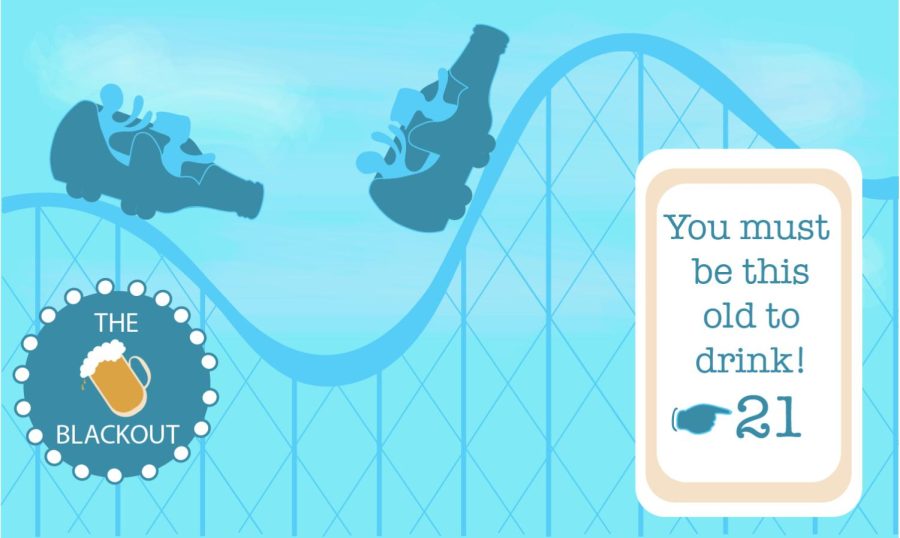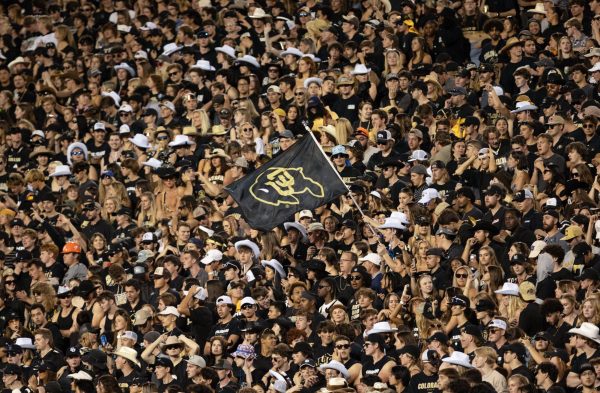Beer Edition: Stella: We should lower the legal drinking age
April 10, 2022
Editor’s Note: All opinion section content reflects the views of the individual author only and does not represent a stance taken by The Collegian or its editorial board.
Drinking has often been taboo in the United States, and it even got to the point where the 18th Amendment was passed, basically banning alcohol. The 18th Amendment lived on for 13 years from 1919-33 until the 21st Amendment was passed, allowing for the sale, transportation and possession of alcohol to be legal again.
After Prohibition, most states adopted a minimum drinking age of 21, but when voting age laws changed in 1971 to allow 18-year-olds to vote, states started to lower the minimum drinking age.
After the voting age was lowered, more than 30 states lowered their drinking age to 18, 19 or 20. However, in 1984, Congress ended the fun in those 30 states when it passed the Uniform Minimum Drinking Age Act, which eventually encouraged all states to make the legal drinking age what it is today: 21 years old.
“Think of the freshmen who come to college who are under 21 years old with parents who never let them drink at home. They have no idea how alcohol will affect them, and if they are thrown into a party or a situation that is not friendly to first-time drinkers, the results are rarely good.”
Even though Prohibition ended in 1933, the taboo of young people drinking alcohol still very much exists, and the problem could be rooted in America’s minimum drinking age of 21 years old.
Having 21 as the minimum legal age to purchase alcohol creates a dilemma for young people who are in college and are younger than 21 but still want to drink. They can either purchase a fake ID or have a friend that is of age buy them alcohol. Both of these are illegal but are easily accomplished.
If the minimum drinking age was lowered to 18 — or even 19, like it is in Canada to prevent high schoolers from buying alcohol — maybe the mystery of drinking would decrease and so would many addictive drinking habits of college students.
Think of the freshmen who come to college who are under 21 years old with parents who never let them drink at home. They have no idea how alcohol will affect them, and if they are thrown into a party or a situation that is not friendly to first-time drinkers, the results are rarely good.
The U.S. has the highest minimum drinking age alongside only 11 other countries that also have a minimum drinking age as high as ours (with the exception of the countries in which alcohol is banned).
Looking at other countries when it comes to drinking ages could be a good start in addressing America’s high drinking age. As of 2017, the minimum drinking age in all Canadian provinces, with the exception of Alberta, Quebec and Manitoba, is 19. This is to prevent high schoolers from drinking and driving as well as to decrease underage drinking.
When the debate about lowering the drinking age arises, the argument that new drivers should not be allowed access to alcohol usually shuts it down.
“If there could be a paradigm shift in the way Americans view alcohol, we could see a decrease in alcohol abuse among young people.”
“The primary issue with lowering the drinking age is pairing new drivers with inexperienced drinkers,” said Mark Prince, a Colorado State University assistant professor of psychology.
Lowering the drinking age to 19 would allow more young people to drink, possibly normalizing drinking among young people while also giving them more time to gain experience behind the wheel.
“In other cultures, alcohol is seen as a food, and this could help lower alcohol misuse,” Prince said.
The U.S. ties at No. 5 in the world when it comes to global comparisons of alcohol use disorders and alcoholism, according to World Population Review. The Centers for Disease Control and Prevention says underage drinking is a common problem and that alcohol is the most commonly used substance among American youth.
If there could be a paradigm shift in the way Americans view alcohol, we could see a decrease in alcohol abuse among young people.
“In cultures where alcohol is considered a food rather than a drug, alcohol use disorder rates tend to be lower,” Prince said.
Reach Michael Stella at letters@collegian.com or on Twitter @Michaelstella_.







